Locking inserts are dyed red for easy identification. However, to customers the red dye can raise several questions. Does the red dye help or hinder the installation process? What is the red dye made of? These are just a few of the questions the Tec receives on a regular basis from end users and distributors alike.
Red Dye Inserts
Let’s start by looking at NASM21209 and NAS1130, the National Aerospace Standards specifications for unified locking tanged and Tangless® inserts respectively. The specifications simply state that the inserts be dyed red for identification. The specifications don’t dictate the shade of red, nor do they specify the material to be used for dying the inserts. Those decisions are left to the manufacturers.
The red dye used to manufacture locking inserts is actually diluted printers ink. The printers ink applies and adheres easily to the inserts, and as a secondary benefit is alcohol soluble, so the red dye can be easily removed if necessary. Other manufacturers also use printers ink for their red dye; however, each manufacturer selects their own blend, type and shade of red ink.
Unlike its unified counterpart the Metric Aerospace specification MA3329 does not require the use of red dye on locking inserts. In fact, MA3329 makes no reference to the use of red dye, or any other dye for that matter. Consequently, many of the other manufacturers do not dye their locking Metric inserts.
Although the process of applying red dye to metric locking inserts is more costly, the benefits to the customer are too great not to do it. Producing metric locking inserts with the red dye maintains consistency with the locking unified sizes, simplifies the identification of metric locking inserts, and greatly reduces the possibility of mixing locking inserts with free running inserts by distributors and end users.
It is important to note that the red dye is applied to locking inserts to serve only one purpose: identification. The red dye is a simple way to visually distinguish locking inserts from free-running (non-locking) inserts. The red dye does not provide a barrier against galling. The red dye does not protect against galvanic corrosion. The red dye is not a lubricant, it does not hinder nor does it facilitate the installation process, and it plays no role other than identification.
For space applications, since the red dye out gasses, it a can be easily removed by washing the inserts in alcohol or other similar solutions. In situations requiring that the inserts not be dyed during manufacturing, the inserts can be ordered without the red dye. Please contact Customer Service for more details.
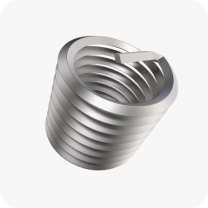
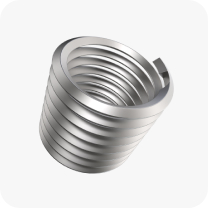






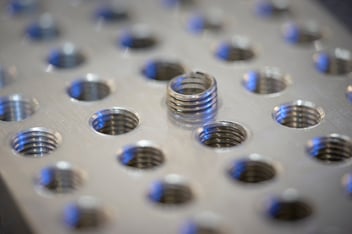
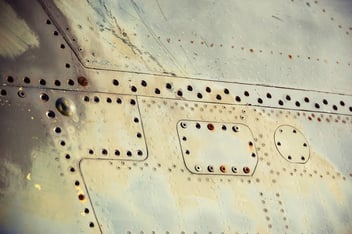
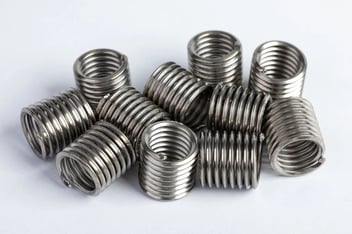

-1.jpg?width=352&name=221015ADVANX0205%20(1)-1.jpg)